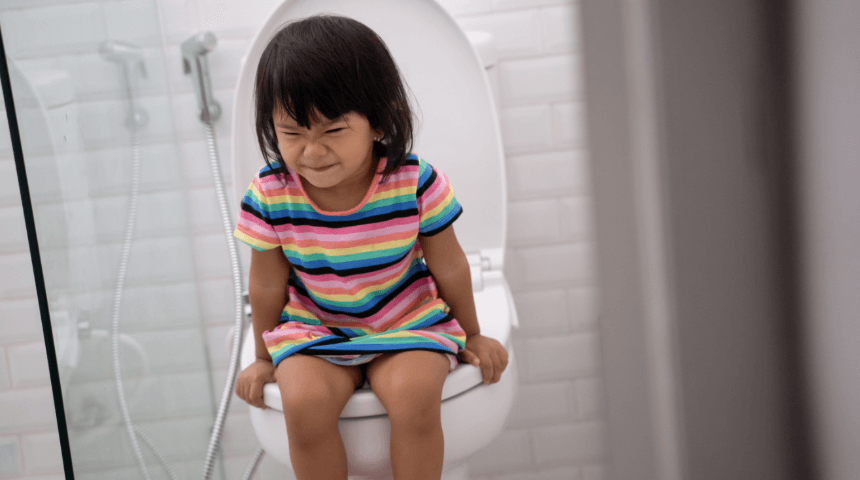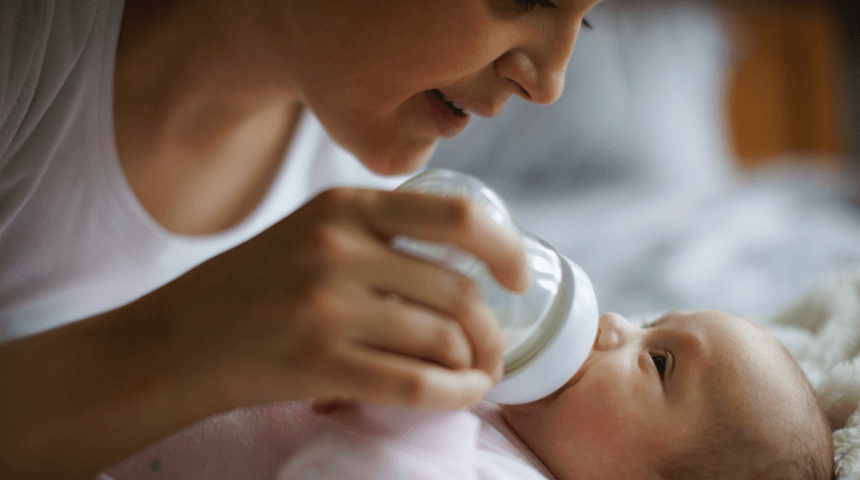If you have a child with epilepsy, worrying about the risk of seizures can add stress to any day. Whether they’re at school, the playground or accompanying you to the grocery store, you may be searching for signs of an oncoming issue. But there are steps you can take to prevent epilepsy’s most serious risks.
Take Necessary (but not Excessive) Precautions
Seizures occur when brain cells misfire, leading to uncontrolled activity. Although these incidents can be frightening, you can take precautions to prevent injury during a seizure. For one, all parents and older siblings of children with epilepsy should know basic first aid for seizures. Your child’s doctor should provide this information, but there also are classes you can enroll in for further practice.
It’s also important that children are protected with helmets and appropriate gear (such as knee and elbow pads), depending on the frequency and severity of their seizures. The importance of wearing a helmet while riding a bike or skateboard may feel a little more urgent when you have a child with epilepsy. But, unless otherwise advised by your doctor, there’s no reason to limit the activities your child enjoys. Most children with epilepsy can play any sport, take part in competitions, join a choir or musical group, make art or excel in any other school program.
Communicate with the Other Adults in Your Child’s Life
Although a child with epilepsy should be treated like any other child, it’s still important to communicate with others about your child’s needs. Talking to teachers, coaches, instructors, school nurses and other parents is essential. It’s also smart to prepare a “seizure action plan” with the help of your child’s neurologist. This plan should outline all the details about your child’s seizures, their daily and emergency medications, what to do in case of a seizure and how to help your child during an emergency situation.
Often, school staff already have a great deal of knowledge about this condition and have dealt with kids who have seizures in the past. Still, by knowing exactly what to do if your child has a seizure, serious risks can be avoided.
Develop a No-Nonsense Routine with Medications
Like all children, kids with epilepsy thrive in a stable living situation. An established routine and structured environment will help them feel balanced and more in-control. Adding a clear medication schedule to this routine also is important to ensure it’s always administered on time. This way, taking medicine becomes less of a hassle and more of an automatic action.
When developing a routine, consider pairing your child’s time for taking medication with a regular activity, such as brushing teeth before bed or having breakfast in the morning. There also are medications that only have to be taken once a day. For any questions on dosage or type of medication, always reach out to your child’s doctor.
Empower Your Children to Manage Some Aspects of Their Healthcare
Encouraging your child to participate in their own healthcare can help build self-confidence. Especially by the time they’re teenagers, kids with epilepsy should be able to take their medications on their own without a reminder. They also should feel empowered to talk to friends, teachers and coaches about their epilepsy. Consider practicing these conversations with your child ahead of time so that they’re able to communicate with others about what to do in case they have a seizure.
Applying for and bringing home a specialized seizure dog also can empower children. Kids who are old enough can learn responsibility and confidence through taking care of their dog. The dog also stays with the child and warns others when they’re having a seizure. This set-up is especially helpful for kids who have frequent seizures because a seizure dog provides relief and a sense of safety for the whole family.
Remember, epilepsy can be controlled and doesn’t necessarily impair function. Introducing your child to other kids who have seizures and taking away the stigma of this condition may help them understand their epilepsy better. As your child grows older, consider looking into well-managed and positive social media groups focused on epilepsy too. In these online spaces, kids can converse about their issues, discuss how they handle them and learn from each other’s experiences.
Be Prepared for Emergency Situations, Such as Natural Disasters
While families with children who have epilepsy partake in everyday activities such as basketball games, track meets and choir recitals, there are a few preparations parents should make in advance. In the event of an emergency, you’ll want to have everything your child needs in an easy-to-grab bag in a set location. If leaving the house, remember to take a supply of medicine for at least three days or more. You also should have the phone numbers of the pharmacy and your child’s physicians both on paper and saved in your phone.
Parents also should consider having their child wear a medical bracelet. This way, emergency personnel can access all your child’s information if you’re separated or unable to communicate. Having an emergency plan outlined in advance will make a chaotic time easier and safer for your family.
Learn More About Pediatric Epilepsy Care
With the pediatric epilepsy team at our hospital, you have a partner who provides advanced solutions to control seizures and the side effects of epilepsy.
Learn More Here










